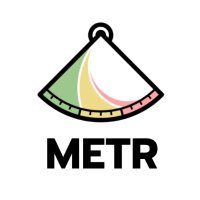
煒清 WeiChing Lin
@thesuperching
engineer on data @🇹🇼
a little contrarian, with weak frontal lobe.
(۶•̀ᴗ•́)۶//
ID: 1624748894
27-07-2013 06:16:12
2,2K Tweet
198 Takipçi
1,1K Takip Edilen

MIPROv2, our new state-of-the-art optimizer for LM programs, is live in DSPy Stanford NLP Group! It's even faster, cheaper, and more accurate than MIPRO. MIPROv2 proposes instructions, bootstraps demonstrations, and optimizes combinations. Let’s dive into a visual 🧵of how it works!











MR's tylercowen has a nerd-famous maxim from early 2020s — "context is that is scarce" The 2025 version of that would be: "feedback is that is scarce" Every system (a company is a system) that has a good signal to noise feedback system — fixes things 10x faster all else equal


I'm late to review the "Illusion of Thinking" paper, so let me collect some of the best threads by and critical takes by Lisan al Gaib in one place and sprinkle some of my own thoughts in as well. The paper is rather critical of reasoning LLMs (LRMs): x.com/MFarajtabar/st…




















